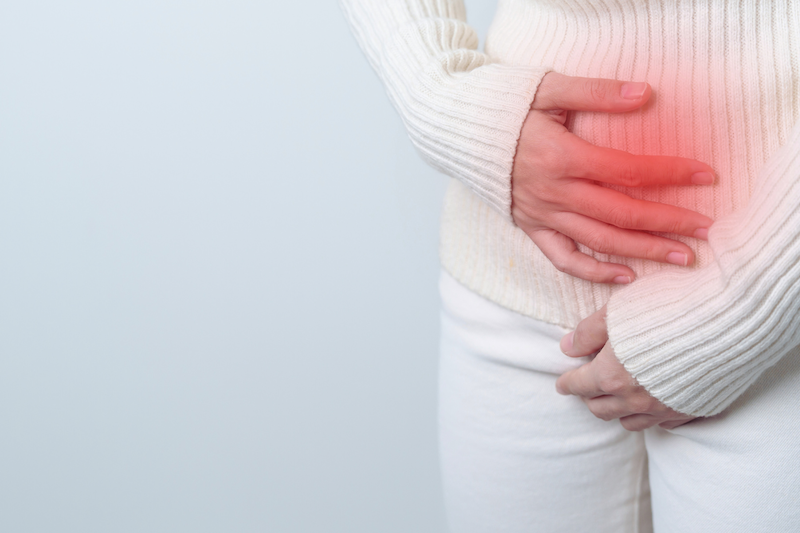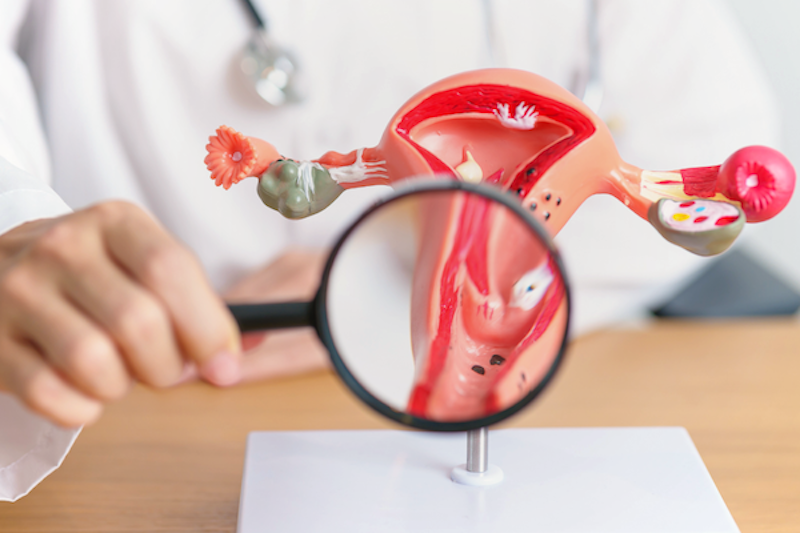Can you tell me about adenomyosis? What is the prognosis, and what treatment is available? How will it impact hormonal therapy during menopause?
—Anonymous
Adenomyosis is a condition in which tissue from the uterine lining, the endometrium, starts to grow in the wall of the uterus. Unfortunately, we really don’t have a good handle on how many women have adenomyosis and whether all the women who have it are symptomatic. This is because for a long time, we diagnosed adenomyosis only after a woman had had a hysterectomy and her uterus was evaluated by a pathologist.
In pathology studies, nearly 50% of women who had a hysterectomy had signs of adenomyosis. This leads us to question whether adenomyosis is really a disease or a normal variation seen in a large number of women, only some of whom have symptoms. Of course, women typically have a hysterectomy for a reason, often heavy and irregular bleeding. As a result, a sample of women who have had hysterectomies is likely to overestimate the prevalence of adenomyosis.

Today, ultrasound and MRI are both used to make a diagnosis. A prospective study using ultrasound diagnosis found that about 20% of women met the criteria for adenomyosis on ultrasound.
While not all women have symptoms of adenomyosis, those who do have symptoms often complain of heavy bleeding, painful menses, and chronic pelvic pain. For symptomatic women, the Mirena IUD, which has a higher dose of progestin than other progestin-eluting IUDs, has been shown to improve the heavy bleeding and pain associated with adenomyosis.
We don’t really know what causes adenomyosis, but it does not seem to be worsened by hormones. In fact, birth control pills are a second-line treatment used to manage symptomatic adenomyosis. And there is no contraindication to using hormone therapy to treat symptoms of perimenopause in women with adenomyosis. Adding an estrogen patch to a progestin- eluting IUD actually works well as hormone therapy for many women.
Ultimately, adenomyosis is a poorly understood condition in which endometrial tissue grows inside the wall of the uterus. It is not a contraindication to using hormone therapy to treat perimenopausal symptoms. The Mirena IUD is even a first-line treatment and works well in combination with an estrogen patch as the progesterone component of hormone therapy.
Community Guidelines















Log in
Glad this article exists and wish there were more research on this topic.